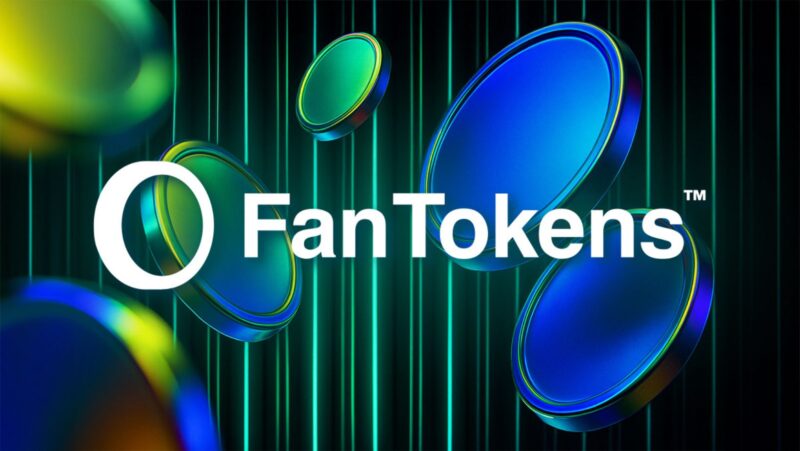
Bitcoin’s impact is staggering—it has created over 85,000 millionaires and at least 17 billionaires worldwide. Much like the California Gold Rush of the 1800s that attracted more than 300,000 fortune-seekers, Bitcoin has ignited a modern digital gold rush. With a market capitalization soaring to $4 trillion, it continues to capture global attention. Fueling this momentum, Mineshop ASIC miners provide the specialized hardware essential for tapping into Bitcoin’s vast potential.
Here’s something crazy – 20% of today’s supply of bitcoin is lost due to forgotten passwords and lost hard drives. This unavailable coin shortage has created various bitcoin bull rush episodes over its history. The environment of bitcoin has evolved from basic home computer mining to today’s advanced rush bitcoin cash app availability. The advancement is similar to gold rush bitcoin trends – tech for mining has evolved from simple to advanced. The trend continues to thrive with events such as the singapore bitcoin rush 2025 attracting global recognition.
Digital revolution is accompanied by environmental problems too. Cryptocurrency mining causes enormous amounts of electricity and computer processing, producing lots of carbon dioxide emission and e-waste. It is difficult for new users to learn systemic problems that they commonly face through tech terminology.
Here, the fundamental terms of blockchain technology and bitcoin are broken down into bit-sized definitions. You’ll be educated from mining fundamentals to hashrates to blockchain operation.
Learning the Fundamentals: Mining, Hashrates, and Blockchains
Both bitcoin and all the other crypto networks are heavily dependent upon mining for their existence. Computers resolve sophisticated math problems to validate transactions and add them to the blockchain. Miners race to stumble upon that particular hash value—a 64-digit hexadecimal value—by adjusting something called nonce.
successful miners are paid in new coin units and transaction fees as rewards. bitcoin miners currently are paid 3.125 bitcoins for every individual block. rewards diminish by half every four years to maintain the supply under control.
Hashrate is a measure of mining networks’ computational strength—indicating how quickly a system is capable of producing hashes. Bitcoin networks operate at mind-boggling rates today, reaching almost 1 047 exahashes per second in 2025. Higher hashrate translates into stronger network security as it renders bad actors’ attempts much more difficult to execute.
Blockchain technology is at the core of the system. It is a decentralized digital ledger that records transactions over computer networks. Transacting data is stored in blocks that are connected to the prior blocks by cryptography hashes. It builds up an immutable chain that provides data integrity without reliance upon external verification.
Anyone looking to dive into rushbitcoin or similar mining endeavors must be informed that they need specially-designed hardware in the style of Application-Specific Integrated Circuits (ASICs). Such machines can run into the tens of thousands of dollars.
The Ecosystem of Mining
Cryptocurrency mining rigs are quite sophisticated these days after the invention of Bitcoin. Individuals were even able to mine directly from their computer’s CPU at the beginning, but today they require specialized hardware.
Here are the three primary hardware of the mining ecosystem:
Application-Specific Integrated Circuits (ASICs):
They are specifically customized to mine and deliver superior performance but operate under certain algorithms only
Graphics Processing Units (GPUs): More universal comparing to ASICs and can be utilized for alternative cryptocurrencies mining
Central Processing Units (CPUs): It is no longer cost-effective to mine Bitcoins with CPUs
Solo mining became too challenging in the long run, hence the invention of mining pools. These pools allow miners to come together, pool their computational power and split rewards equally. The mutually agreed approach allows miners to enjoy more recurrent rewards albeit smaller rewards as opposed to solo mining.
Cloud mining is also popular. It gives you a choice to mine without buying hardware. Companies like ETNCrypto and Hashing24 link their customers to 10-year old mining farms.
Large mining farms can operate tens of thousands of ASIC miners at dozens of storage centers. Those storage centers require powerful cooling installations. Some of them operate in cold locations such as Canada, Iceland, and northern United States in order to reduce costs.
Energy consumption is the largest issue so far. It takes bitcoin mining 155-172 TWh of electricity annually—amounting that Poland consumes. The miners continuously seek locations that have cheap electricity and green energy.
Challenges and the Future Directions
Environmental protection is crypto mining industry’s largest concern today. Global bitcoin mining consumes as much as 138-172 TWh of electricity annually, equivalent to Poland’s own electricity usage. Such astronomical power consumption is equivalent to burning 84 billion pounds of coal.
Environmental effects even extend beyond carbon footprints. It takes water enough to fill 660,000 Olympic-sized swimming pools to serve its mines. Its activities also subject 1.9 million Americans to dangerous airborne toxins.
Mining space also has challenging economics. April 2024’s halving of Bitcoin reduced rewards from 6.25 to 3.125 BTC per block, further constricting miners’ profitability. Network difficulty increases at a higher rate as energy costs increase, increasing competition even more.
There are various innovations that can solve these problems. The conversion of Ethereum to proof-of-stake protocols manifested the reduction of energy usage by 99.9%. However, the users are apprehensive of PoSsecurity and the possibility of centralization.
Renewable energy is another solution – currently only 43% of mining comes from clean sources. Siting operations by spare renewable capacity enables stabilising grids. Increasingly rushbitcoin investors opt for green mining operations. Sustainability is important for them for the future success of the industry.
Conclusion
Cryptocurrency mining is the intersection of technology, economics, and environmental issues in interesting ways. The virtual gold rush via Bitcoin and other cryptocurrencies has upended our financial times and produced thousands of millionaires. You must be knowledgeable of technical aspects such as mining procedures, hashrates, and blockchain operation to comprehend that complicated world.
Mining has evolved from single computers to large storage rooms with specialized hardware. It is like previous tech revolutions except that it is happening at much higher rates. Miners are constantly learning to keep up with new hardware needs, power requirements, and market conditions.
Bitcoin mining has severe implications for the environment. It consumes as much electricity as nations, raising legitimate questions of sustainability. Proof-of-stake protocols and green energy hold promise for eco-friendly investors.
Mining is largely governed by the market. It is trickier for profitability due to halving events, increasingly challenging mining puzzles, and seeking cheap energy. Financially successful miners require technical expertise, low-cost operations, as well as appropriate planning.
This technology is in its early days. Solutions of today – from mining pools to energy-efficient protocols – will give way to yet more powerful ways. Anybody interested in joining the fray should blend excitement with caution and make use of knowledge out of this article.
Cryptocurrency mining’s success depends on finding balance between innovation and responsible use. The industry’s biggest test is to balance environmental concerns and secure, decentralized networks. Its success will be witnessed by those accepting not only innovations in technology but environment-friendly and green technologies.



